What learning environments and or pedagogy need to be in place or implemented for leading and managing change to be effective?
The 21st Century learning requires that students are prepared to face the unknown and be taught essential skills to be thinkers, problem solvers, collaborators, wise consumers of information and confident producers of knowledge. Such classrooms will be heterogeneous in nature, and learner-centered, knowledge-centered, assessment-centered, instruction-centered, and community-centered. Teachers in those classrooms will need to be proficient in “teaching up,” or planning learning experiences at a high level of challenge while providing scaffolding to support many learners in succeeding with those experiences and extending the challenge in a meaningful way for advanced learners. (Tomlinson, 2015).
An optimal learning environment has a mix of all the four mentioned learning environment components aligned. Assessments must be developed to measure students' improvement in knowledge and skills, so alignment between knowledge-centered and assessment-centered is critical. Similarly, when examining the content being taught and the way the assessments are created, understanding students from a learner-centered viewpoint is critical. The values and learning goals of the community in which the learning takes place are organised among these perspectives().
The alignment of learning environments form a productive classroom in which:
- Learning begins with and builds upon existing knowledge
- Frequent feedback is given
- Metacognitive skills are developed in students
- Cultural diversity is acknowledged
- Course content is linked to the real world
- Making mistakes is acceptable
- Students have choices in what is being learned
(ref)
That said, it is not always within our means to set up optimal learning environments and that does not also mean that we can not effect a change. Some changes will not require changes to the physical learning environment. Other changes might actually be the implementation of an optimal environment or balancing the varius aspects of a learning environment. This then suggests that before we propose a change, we must check if our learning environment will be able to support the change. An ambitious change that ends up unsuccessful is juat wasted time and resources.
As leaders of education, I have the inclinaion to suggest that our first point of call to effect changes, is to work within the confines of our learning environments and aim to optimize any aspect of the environment that is not optimum or lacking first. Once we have this well balanced it is going to pave the way for optimal teaching and learning that prepares learners to meet required 21st century learning skills.
In another perspective teachers can provide optimal learning environment by considering 7 main things; safety and wellbeing, healthy risk taking and creativity, differentiation, encouraging leadership and adaptability, engagment and self-directed learning(Group, 2021).
In New Zealand's context, learner-centered and community-centered components of learning environments need special emphasis. Riki-Waaka(2017) reiterates that Te Tiriti o Waitangi emphasizes that it is our moral and ethical obligation to preserve our unique culture. Our bi-cultural and growing multi-cultural population steers towards learner-centred environments that provide "inclusive, equitable and connected learning" for all students irrespective of their gender, religious affiliation and ethnicity (Ministry of Education,2019).
References
Group, L. (2021). 7 Steps to Creating an Optimal Learning Environment for Students. Retrieved 2 December 2021, from https://www.lifeskillsgroup.com.au/blog/7-steps-to-creating-an-optimal-learning-environment-for-students
Ministry of Education. (2019). Ministry’s Vision Shaping a stronger education system with New Zealanders, Wellington N.Z. Korero Matauranga. https://conversation.education.govt.nz/conversations/shaping-a-stronger-education-system-for-all/
Riki-Waaka, J. (2017, 03 21). Giving Mana to Tiriti o Waitangi in our Schools [Video]. Vimeo. https://vimeo.com/209466110
Tomlinson, C.A.(2015) Teaching for Excellence in Academically Diverse Classrooms. Soc 52, 203–209 (2015). https://doi.org/10.1007/s12115-015-9888-0


 Teachers ViewPoint
Teachers ViewPoint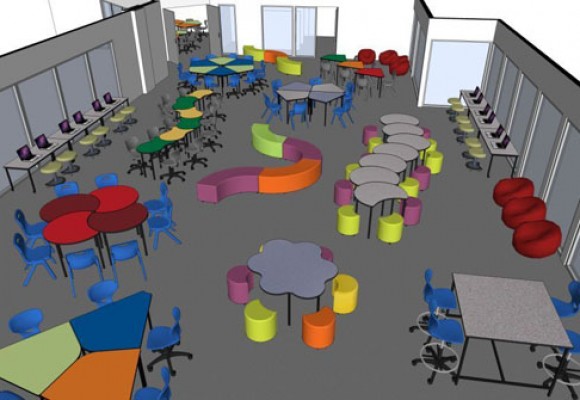
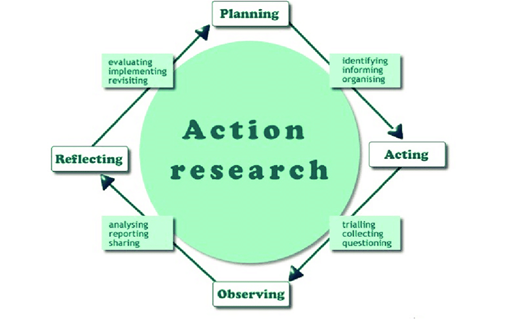
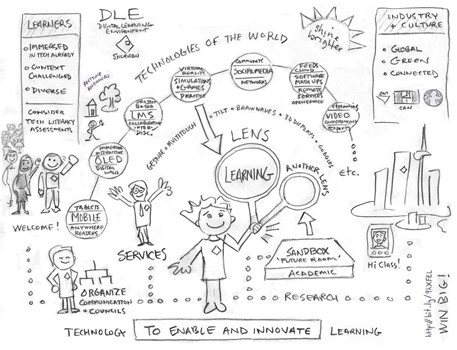
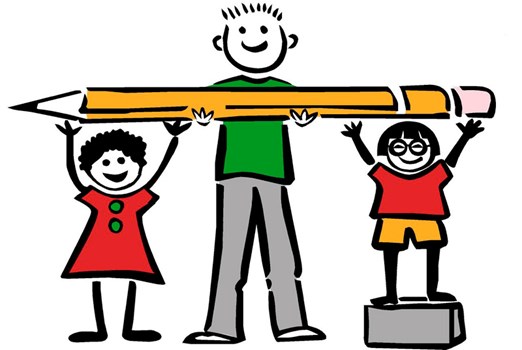
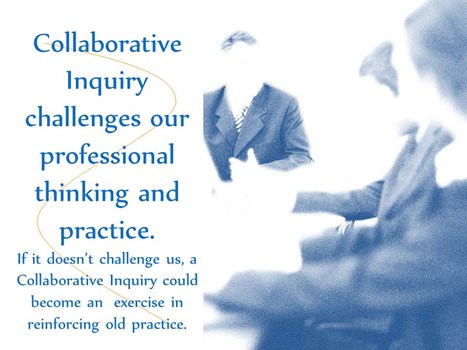
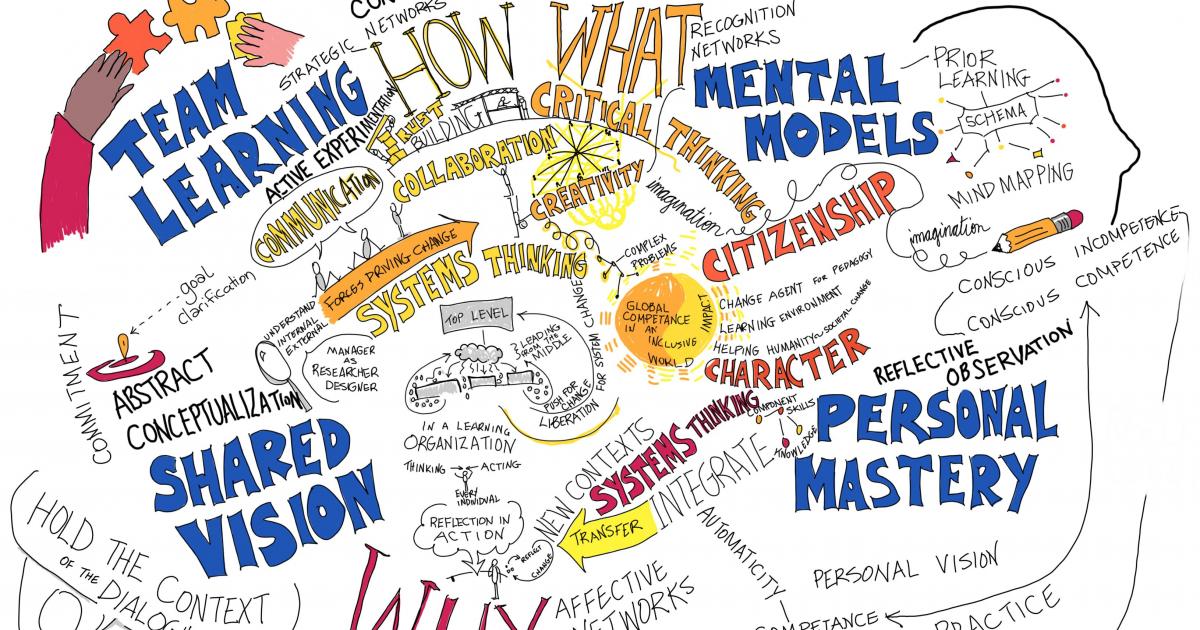
Please log in to post a comment.
0 Comments